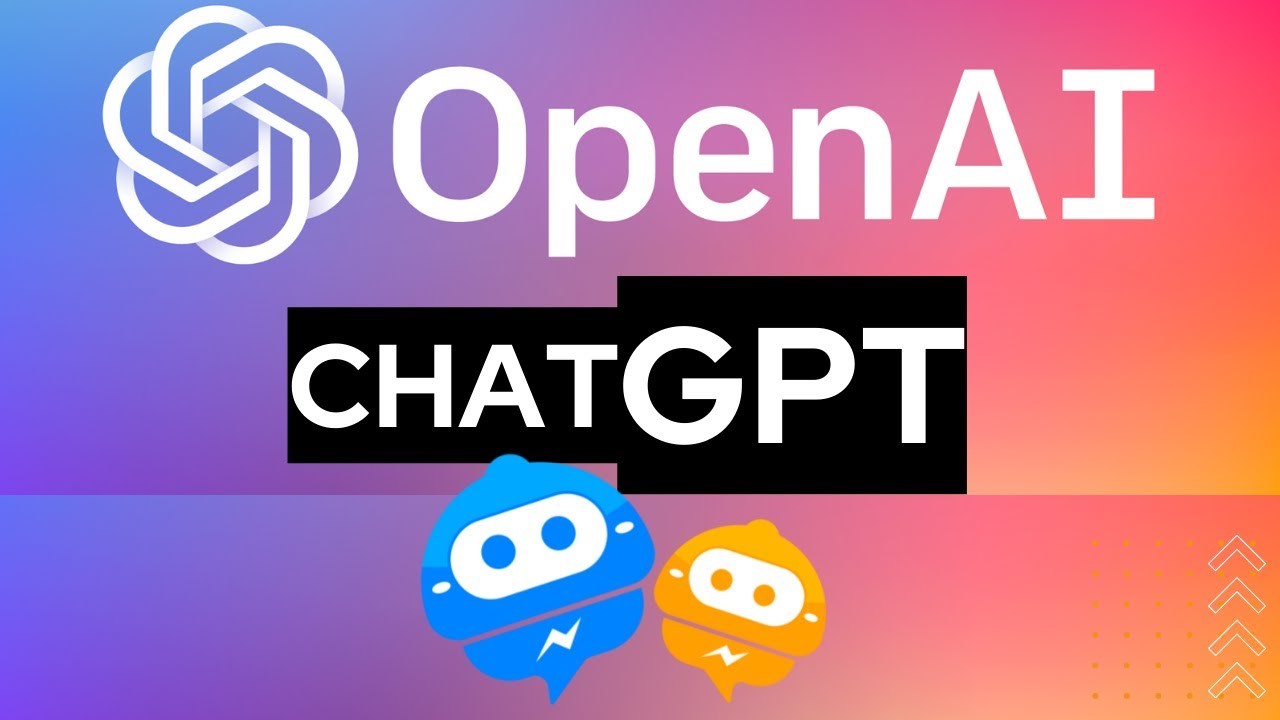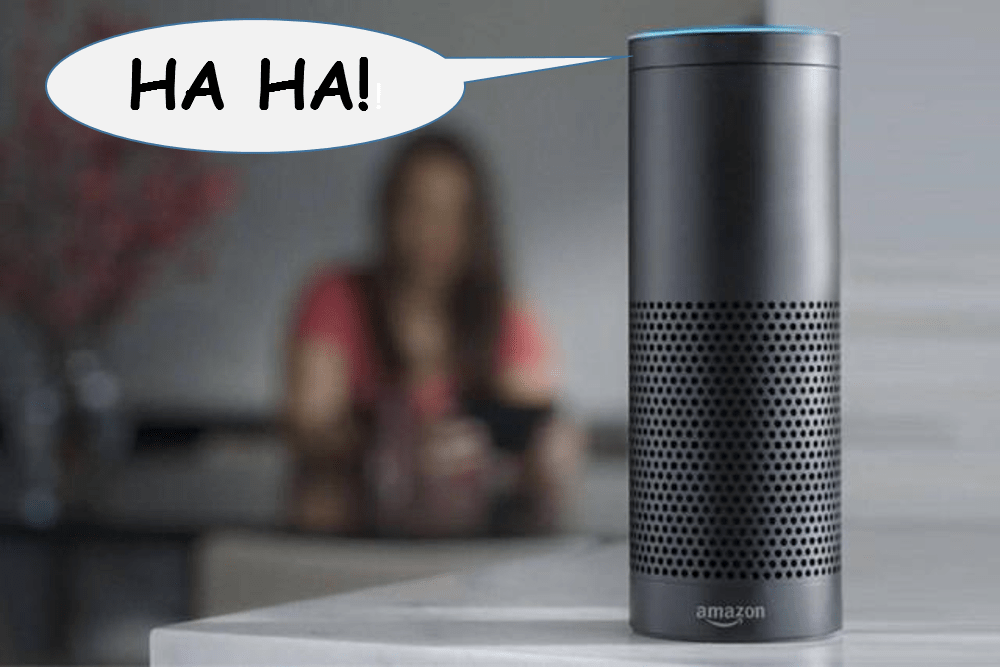
On the heels of last week’s posts about those $8 million Super Bowl ads, I neglected to mention one of the more interesting ones:
The spot for ChatGPT.
Of course, the first test is whether you recall seeing it?
And the follow-up is (if “yes”) did you “get” the message?
These days, new technologies are often marketed. So, we shouldn’t be surprised OpenAI – ChatGPT’s parent – wouldn’t see the wisdom of advertising in Super Bowl LIX. Even the algorithm would likely agree it’s one of the best ways to reach a large chunk of consumers.
As I mentioned in last week’s post, I saw most of the game, including this spot. At the time, I remember wondering what I had just seen.
Now maybe I’m a little slow on the upload, but I had to watch the spot twice over this past weekend to fully “get it.”
For most people, that’s more work than they’ll ever do. My takeaway is the spot (campaign?) a little too complicated and artsy for most people to comprehend, especially the first time they see it. We’re talking about a technology that many people aren’t proficient with or don’t even understand what it is. Shouldn’t a commercial designed to ostensibly demystify AI and put it in historical context be simple and clear?
(I’ve inserted the actual spot at the end of today’s post.)
Why does this matter? After all, ChatGPT is worth billions and many of us have a pretty good idea what it is. But a company’s value is variable, depending on how it launches and evolves. How OpenAI handles this delicate marketing challenge might very well be worth trillions in value in the coming years.
pretty good idea what it is. But a company’s value is variable, depending on how it launches and evolves. How OpenAI handles this delicate marketing challenge might very well be worth trillions in value in the coming years.
That’s because there’s rampant fear about the reach of AI and how it might impact our society, our politics, our schools, our lives – and of course, the future. Will the robots take over our lives? Will human beings matter in the future? These are the driving questions people are talking about now. Fear is at the center of many of these conversations. Tech companies will have to confront that reality sooner…or later.
While attitudes – specifically skepticism toward AI – have improved a bit, there is still much palpable fear and anxiety centered around how this technology will impact everything. This slide from Techsurvey 2024 illustrates the high degree of alarm consumers currently harbor. The technology has a long way to go if it hopes to win over a majority of Americans:

And if the past is prologue, the OpenAI team might want to study how Amazon handled the rollout of the Echo, known now as just Alexa.
Remember the bullish early predictions: By now, the majority of search would be via voice and smart speakers would become ubiquitous in our lives.
It hasn’t quite played out that way. And the growth in voice command devices like its category leaders, Alexa and Google Home, has all but stalled.
When these devices were first rolled out back in 2014, it looked like Amazon had a huge hit on its hands. We tracked the growth of the smart speaker in our Techsurveys. Over the course of the first few years, I referred to its initial burst as analogous to “iPhone growth.” For both Amazon and Google, the smart speaker future looked rosy.
 But just below the surface, there were speed bumps. In fact, it was more like a backlash. The late night talk shows joked about it, and there were strange reports about Alexa spontaneously breaking out in laughter for no apparent reason. Some people were creeped out.
But just below the surface, there were speed bumps. In fact, it was more like a backlash. The late night talk shows joked about it, and there were strange reports about Alexa spontaneously breaking out in laughter for no apparent reason. Some people were creeped out.
But the bigger rationale against smart speakers was rooted in privacy concerns. The stated (or often unstated) objection was this simple:
“I don’t want to bring a device into my home (or workplace) that’s listening to (and recording) my conversations.”
The decision-makers at Amazon and Google knew this. And rather than market against these negative perceptions, both companies sat back and watched the growth of their respective smart speakers become incremental. They were not proactive in the least.
Today, neither company is putting significant resources toward these once very hot devices. At CES this year, they simply weren’t there.
While it is difficult to fathom AI going down a similar road to irrelevance, consumer acceptance could remain fearful or at best tepid for some time to come.
OpenAI’s team must know this, but are figuring the size and scope of this technology may make ChatGPT earning a stamp of approval by regular folks meaningless. After all, this technology seems to be becoming omnipresent, whether consumers like it or not.
If that’s how they’re thinking, however, they may be making a major miscalculation. If they could encourage the use of AI (through their platform, of course) for good, it would only accelerate growth and OpenAI’s dominance.
Consumers tend to use the technology in front of them. But when they actually enjoy using a device or tech program – the smartphone comes to mind – they use it more and share their experience with others. That’s how many perceive AI at this still early point on the curve. They may have to be taught about how and when to use a platform like ChatGPT. But if they gain an appreciation for what AI can do for them, personally and professionally, the chances of them embracing this cutting-edge technology are much greater.
Here’s the Super Bowl commercial. If you haven’t seen it, watch it just once. If you have, watch it again:
Don’t get me wrong. “The Intelligence Age” is a fascinating spot, simply but cleverly produced. Putting ChatGPT on the same plane as electricity, the car, and the Internet is smart and ambitious. It might help viewers understand these innovations, while considered progress during their early days and years, were often castigated by fearful critics, much the same way AI is now.
Eventually, much of the vitriol toward all these other historic inventions and breakthroughs abated. We all turn on the lights, drive a motorized vehicle, and shop on the Internet. But if consumers are going to develop a degree of enthusiasm for AI, an amazing but still nascent technology, it will require more than just running slick ads alongside similar efforts by GoDaddy, Jeep, and Mountain Dew.
It will require a sophisticated understanding of consumers – their hopes, their fears, and the AI use cases that will make them more productive, valuable, and vital to their worlds. The WIIFM – “What’s In It For Me?” question – is always on the table. How OpenAI, Google, Microsoft, Samsung, Apple and the rest strategize acceptability might be a key determinant in the long haul that tells the story of AI’s success curve.
I also did what AI claims to excel at – solving problems by simply posing a query. So, here what I asked ChatGPT to do (in 100 words or less):

For those of you who have experience with AI, you will read this answer and likely conclude that it’s competent, but not the least bit creative. It is typical of how this technology works: quick, proficient, and factually pretty good. But not good enough to move a needle. For the creatives reading this who have been especially loathsome about AI, this exchange should put some your fears about being replaced by AI to rest. Clever, humorous, and smart approaches will always win out. The last line of ChatGPT’s prescriptive response may be the best advice: looking for collaborative solutions where innovation can be married to AI’s broad solutions may end up being the best of all worlds.
I know Chris Brunt will be carefully following the technology’s progress as it pertains to radio broadcasters as well as those trying to figure it out when they get home from work. He’s already written some incredibly important stories about this technology and what it means to radio broadcasters. Subscribe to his newsletter, “AI Edge,” here.
Originally published by Jacobs Media









